Does AI put artists in danger?
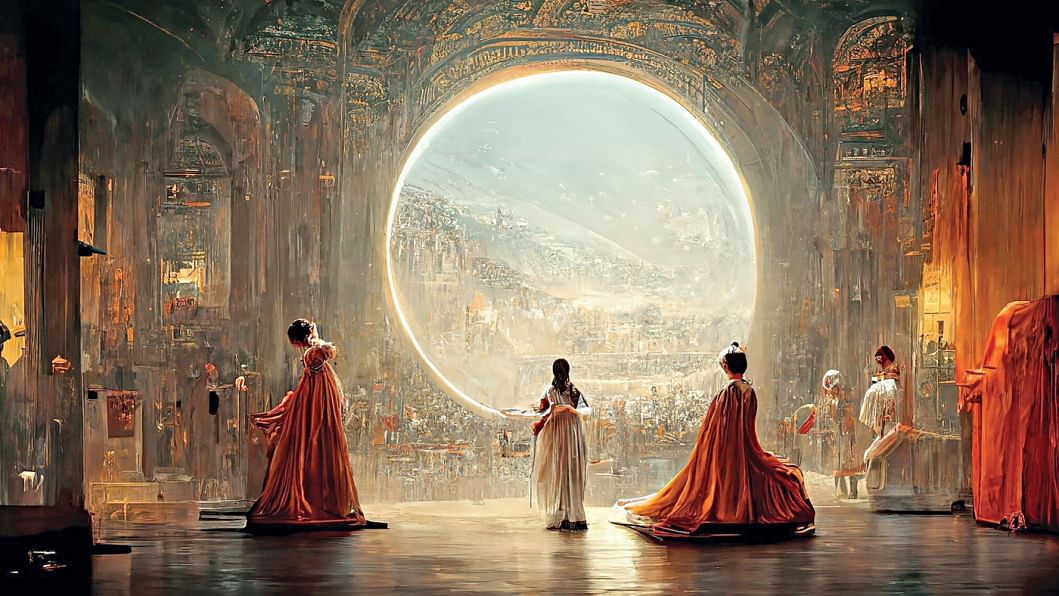
In recent times, developments in the field of Artificial Intelligence (AI) have taken the world by storm. Deepfakes, DALL-E 2, ChatGPT, and all their various spin-offs have paved the way for various debates regarding the ethics, possibilities, and eventual future of AI.
While OpenAI, the organisation behind DALL-E 2 and ChatGPT, has been working to develop AI that benefits humanity, it was only when DALL-E 2 was released that most of the world learned about the company.
DALL-E 2, to break it down as simply as possible, is a tool that lets you generate images using text input. So, you just give DALL-E a text-prompt and it will generate an image based on it. The AI system behind it has studied a large repository of images to get to the stage where it currently is and in most cases, it is likely that the image it generates will not disappoint you.
However, while the internet was initially captivated by just how amazing DALL-E was, it would soon start questioning how DALL-E would impact the real world. While the benefits are quite obvious, the biggest question posed was, and still is, how these developments will change the art landscape.
The concern on many people's minds was whether tools like DALL-E would replace artists in the future. Now, technology replacing people isn't a new topic. In the past, machines have replaced factory workers, accounting softwares have cost many accountants their jobs, and so on.
But art is something different. It is deeply tied to our history, at least more than something like accounting. Since the dawn of time, man and art have worked together, hand in hand to not only find purpose, but to advance civilisation.
Think about it, art pushes us to break boundaries and be creative. Without this creativity, could we really have advanced as a society? From the earliest cave paintings to modern day art, all of it showcases how the human imagination works and how it is quintessential to the process of advancement.
So, when something like the field of art comes under threat, we should definitely be concerned. In many ways, I was personally grateful for the number of people who were so deeply worried about the future of art. Possibly, a decade ago, the volume of people who would have cared about this would be very few. However, in the last 10 years, our society, has arguably grown to respect art and artists a lot more than before.
While the technology might be far away from threatening the livelihood of artists, it still presents a future threat for creators. In particular, entry-level graphic designers are probably the most at threat. As an example, designers who put together thumbnails for YouTube and similar sites, could easily be replaced by a more advanced version of DALL-E. In fact, some of the lower-skilled ones could be replaced by the existing version of the tool.
YouTube legend Marques Brownlee, better known as MKBHD, created a wonderful video surrounding this idea. Titled "Can AI Replace Our Graphic Designer?"—the video which was published on his second channel 'The Studio'—pitted their existing thumbnail designer against DALL-E 2.
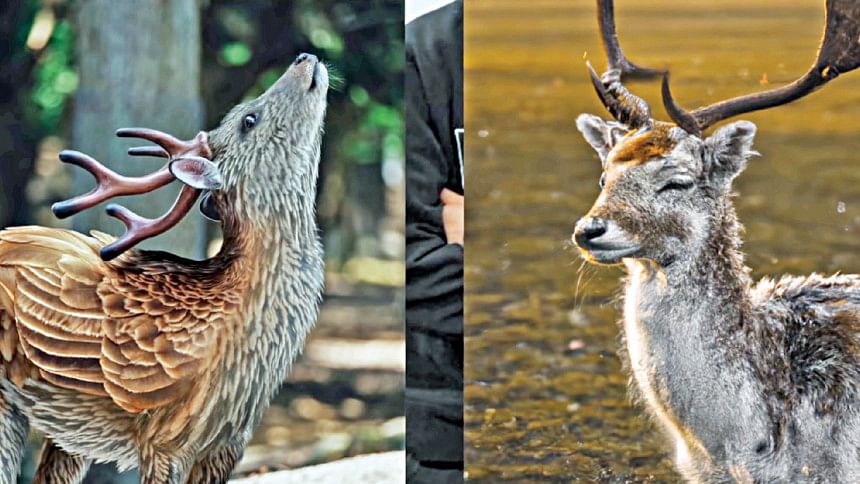
In the video, the graphic designer is able to win a blind test on two out of the three prompts. It is clear by the end of the video, that the artist's creativity is what sets him apart from the machine. While DALL-E comprehends the prompts given to it more literally, an artist can better understand what is being asked of him. At the same time, unlike DALL-E, a designer can go back and forth with whoever is giving them an assignment.
Unfortunately, DALL-E 2 is still a tool that is currently being tested. It's learning, evolving and increasing its functionality with each subsequent task it performs. Every time someone puts a prompt into DALL-E, it learns just a little bit more about how to utilise its dataset and comprehension capabilities to deliver even better images. So, it's difficult to estimate how fast AI can learn a task like painting or image creation to a point where it can become an alternative to real artists.
Speaking on the matter with Mehedi Haque from Dhaka Comics and UNMAD, I gained a lot of insight into how artists are thinking about the matter.
Sharing his thoughts on the matter of AI replacing artists, Mehedi Haque said, "Personally, I am rather excited to see the progress being made in this field. The field of art has two sides to it, a labour-intensive side and a creative side. So, yes, AI models like DALL-E will definitely threaten the labour-intensive side of things. However, artists who work in the more creative side of the field will largely remain unaffected in my opinion. Over a certain period of time, some jobs will become obsolete. It's inevitable."
When asked about his recommendation for new and future artists on how they can ensure their relevance in a world where AI can produce art, he replied, "We need a lot of soft skills development. An AI cannot create a custom artwork that a client is demanding, at least not to the same level of perfection that an artist can execute based on prompts and feedback."
Junaid Iqbal Ishmam of Ishmam Toons, Mighty Punch Studios and Cartoon People, also resonated with Mehedi's thoughts. Sharing his thoughts on the matter, Junaid said, "Personally, I am not against AI art. However, the way it is being used all over the world, is something that I am against. AI has been using other artists' work without taking their permission or giving them proper credit and royalty. But I believe there is a lot of potential to use this tool efficiently to help an artist's workflow."
Speaking about how AI and art will have an intertwined relationship in the near future, Syed Rashad Imam Tanmoy, Founder of Cartoon People said, "When photography was first invented, many portrait artists—who worked in newspapers, advertisement, design firms, etc.—lost their jobs. The conversation about whether photography was art or not, was something to deal with later. But the immediate issue is that this technology could not have been suppressed."
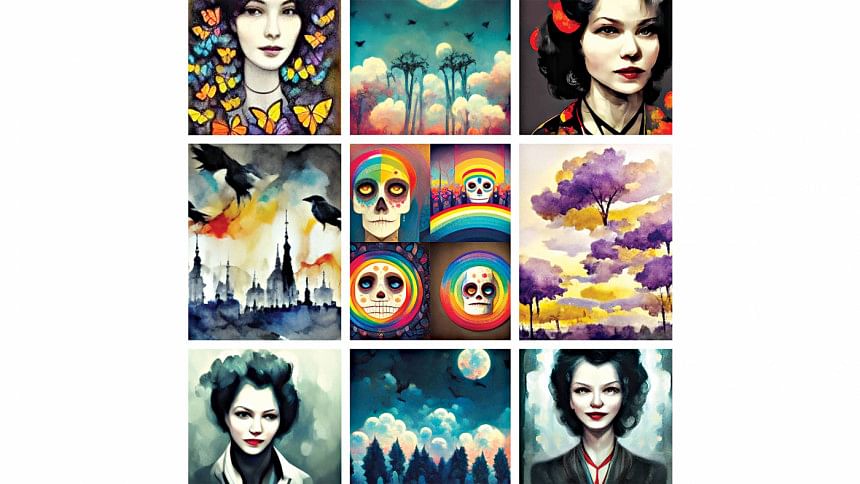
"Whenever a new form of technology is introduced, very few laws are in place to prevent it from being exploited. However, what we have seen in the past with technology taking over certain jobs, isn't that it makes people obsolete. Rather, it's the fact that certain jobs go out of fashion. However, artists have to adapt to new tools and mediums. They must become more creative to stay on the cutting edge of any field," continued Tanmoy.
Elaborating on what needs to be done in terms of copyright laws and digital protection, the artist shared, "If AI art generators continue to gain popularity over the world, then copyright laws are absolutely essential to ensure the work of artists are properly protected. In Bangladesh, we do not have basic copyright protection. In the case of AI and art, there are very few laws in place even internationally. So, copyright laws, for the case of AI, need to be put in place internationally. After that, Bangladesh can eventually begin to adapt these laws. However, the process is very slow in our country, particularly in the case of art. As things stand right now, it can be incredibly demoralising to an artist, who has mastered his own style, because an AI can copy it within seconds of studying their work."
The progress of technology, particularly for AI, is in many ways endless. In many ways, it is an inevitability that will hit us like the waves of an ocean, if we are to become complacent or ignorant about it. Therefore, artists of all levels need to become more aware of how far AI has come and adapt accordingly.
In similar fashion to how AI can amaze us with its capabilities, humans have done the same using their creativity for centuries now. The human imagination is unmatched and possibly the only thing AI or technology cannot emulate, at least within the foreseeable future.
Regardless of where AI takes us in the future, it is of the utmost importance that the rights and intellectual properties of artists are protected. Otherwise, greedy individuals can exploit these artworks and feed them to AI tools like DALL-E and Lensa to copy the artistic style developed by an individual over years of hard work.
While it is still early days, the future for AI looks to be full of potential. No matter what, we have to come to terms with the fact that the progress of AI is inevitable. If, in the future, certain jobs go out of fashion because AI has replaced them, then we as humans simply need to be innovative and creative about how we can use AI as a means to an end, rather than sitting around and waiting for it to leave us unemployed.

 For all latest news, follow The Daily Star's Google News channel.
For all latest news, follow The Daily Star's Google News channel. 


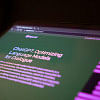
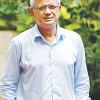

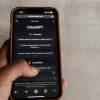


Comments